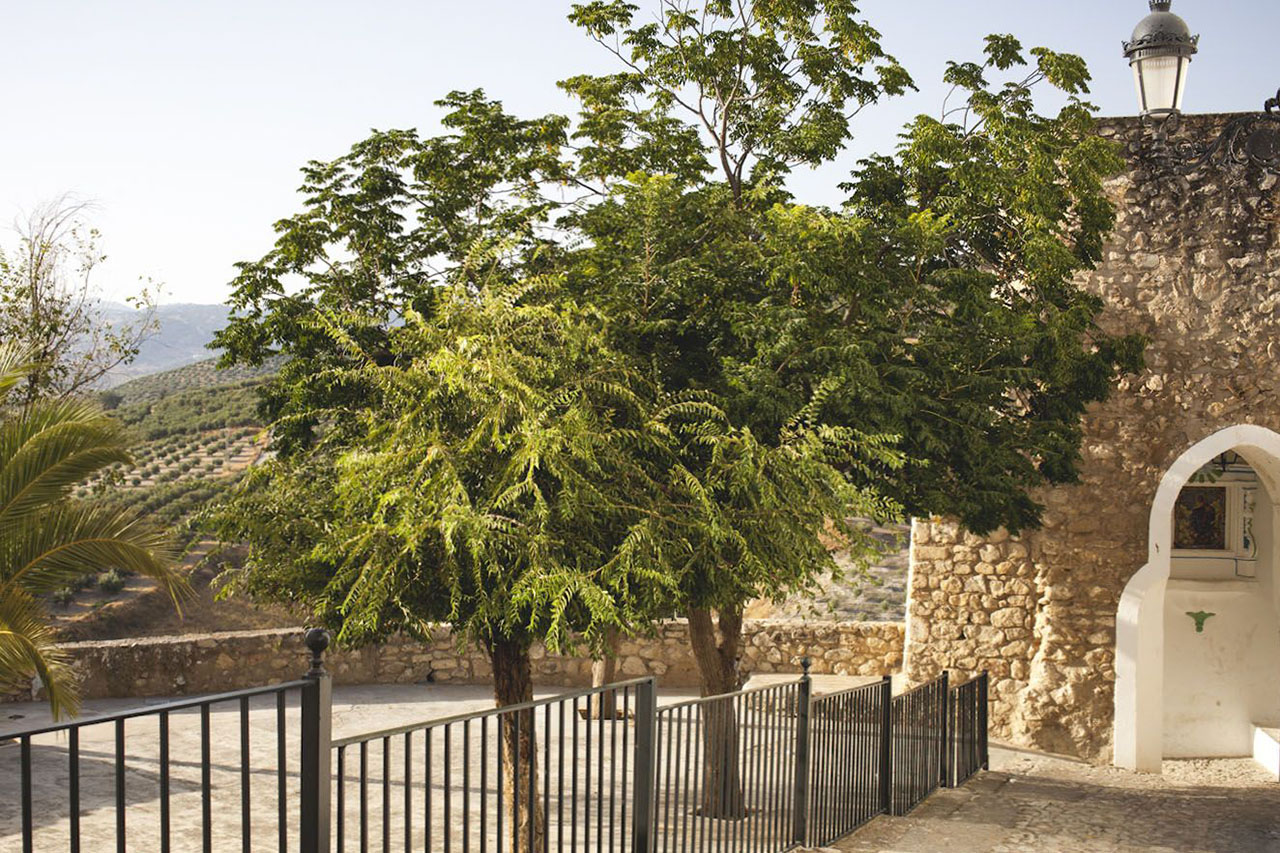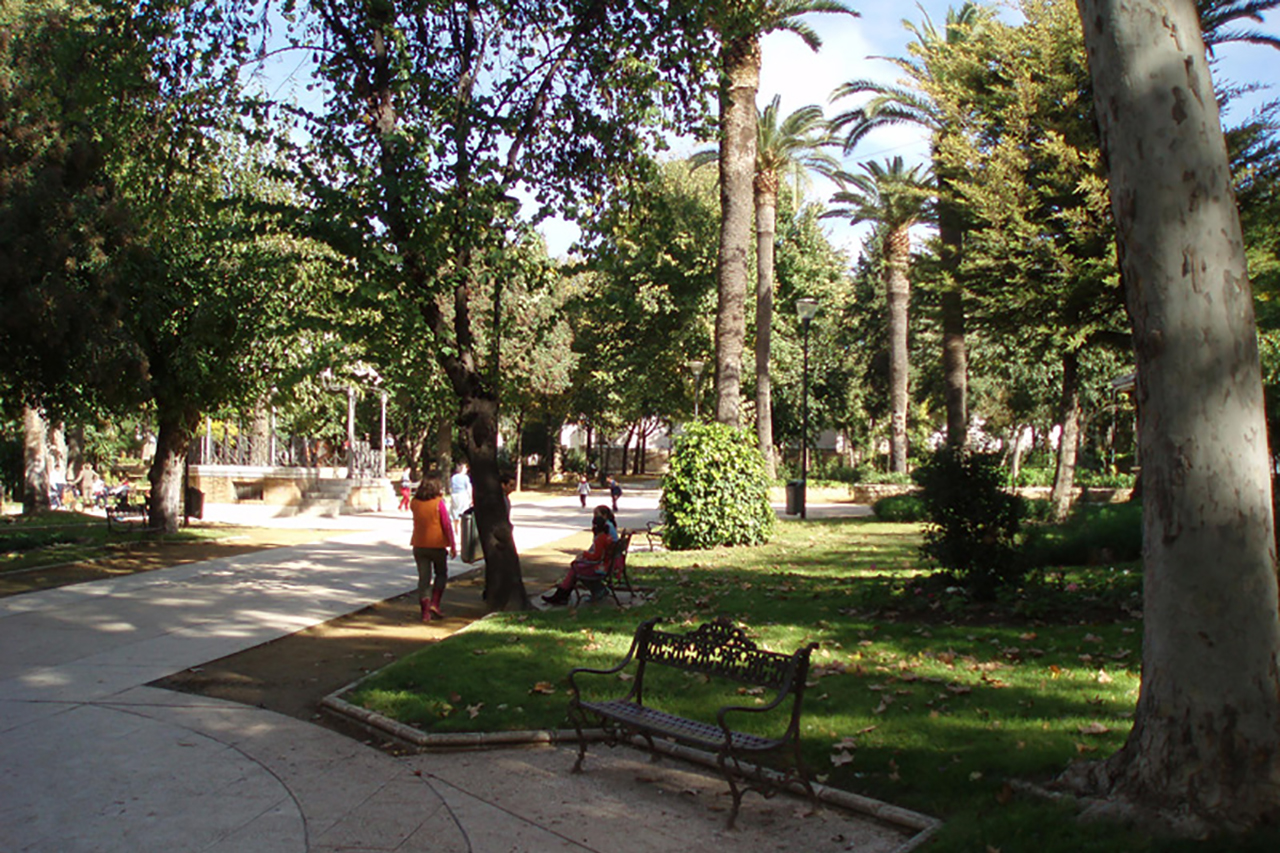The contrast of the charming streets and the wide avenues
A MARKED URBAN DIFFERENCE
The overall vision of Baena shows two well differentiated areas in which the old city appears on the one hand, a maze of irregular streets that descend from the Almedina hill, and on the other the Ensanche or modern area, with wide avenues and a more rational and orderly urban fabric.
The street map of the city also pays homage to numerous illustrious Baenenses
One of the towns in Cordoba where urban evolution through history is best perceived is, without a doubt, Baena. As a border town with the kingdom of Granada, the last Muslim bastion on the peninsula, the streets of its most identifying historical area, the Almedina, are surrounded by a walled perimeter in which several doors open, some of them with clear Almohad influence, that communicated with the suburbs developed over time. Some of them, like the Arrabalejo , still remember their primitive origin with the name.
The great epidemics of the Modern era depopulated large areas on the southern slope of the hill where the old city is located, at the same time that new streets such as Mesones and Llana (today Amador de los Ríos) were emerging on the opposite slope, which were just configured. in the baroque stage, becoming the main axes where the main families of the population would have their residences. Both these streets and their adjacent streets of Moral and Cardenal Herranz CasadoThey maintain interesting architectural examples that go from the 17th to the 19th centuries. It is worth taking a tour of this area of the town, as well as the Arab quarter of Almedina, where you can find numerous charming corners steeped in history.
For its part, the new Baena , developed from the Llano ( Plaza de España) and the surroundings of the old Dominican convent (Church of Our Lady of Guadalupe) was until well into the 1800s century common lands, small meadows and watering troughs for attend to the needs of the cattle that were in the town or traveled along the livestock route that led to Jaén and Granada. Here modern buildings alternate with others worthy of interest from the 19th century and the first fifteen years of the 20th that for almost a century set limits that began to be widely surpassed in the second half of the same century, with the emergence of wide avenues such as Cervantes , Padre Villoslada either Salvador Muñoz and large open spaces, among which the Ramón Santaella Park stands out , a true green lung of the city.



